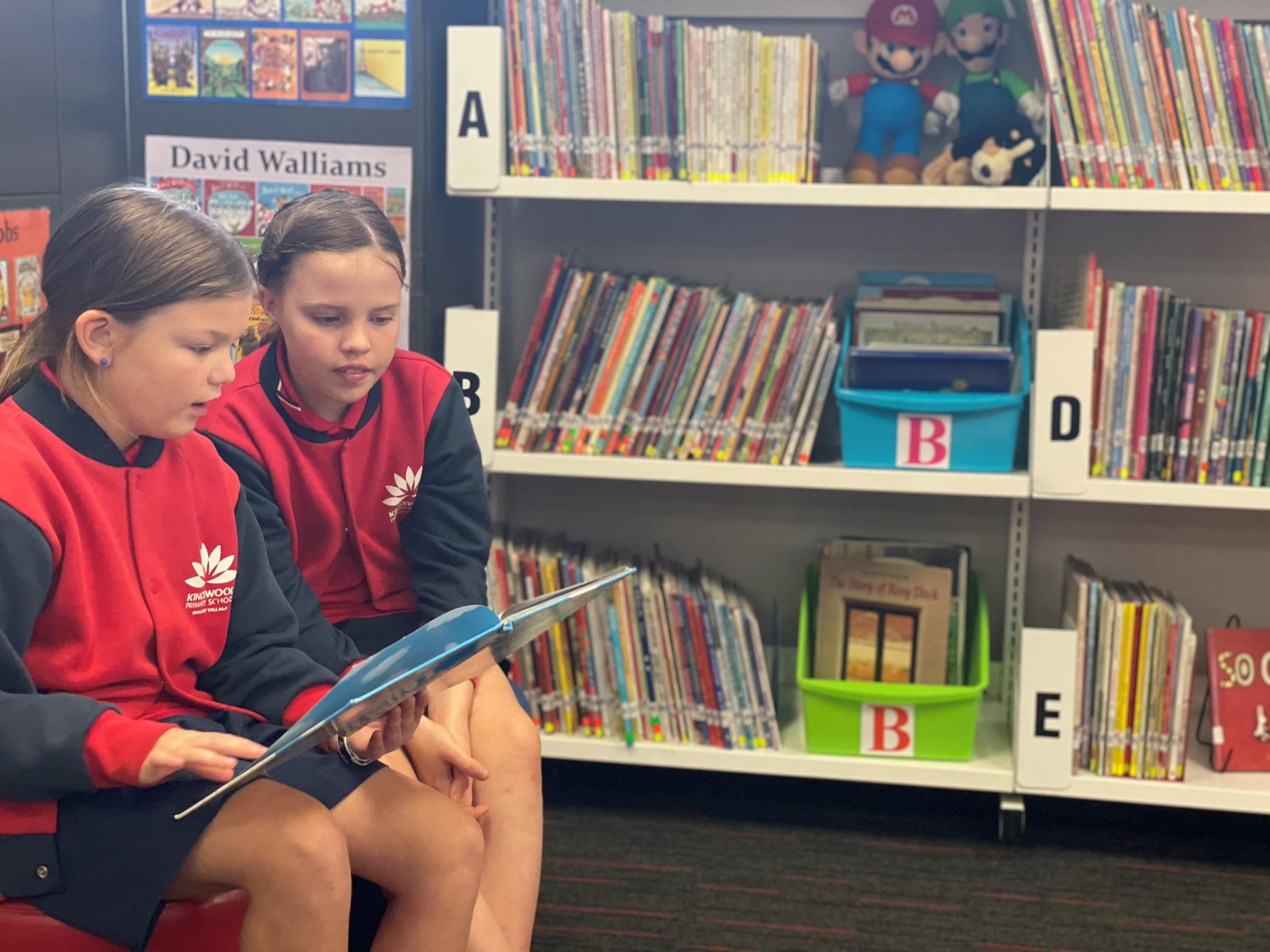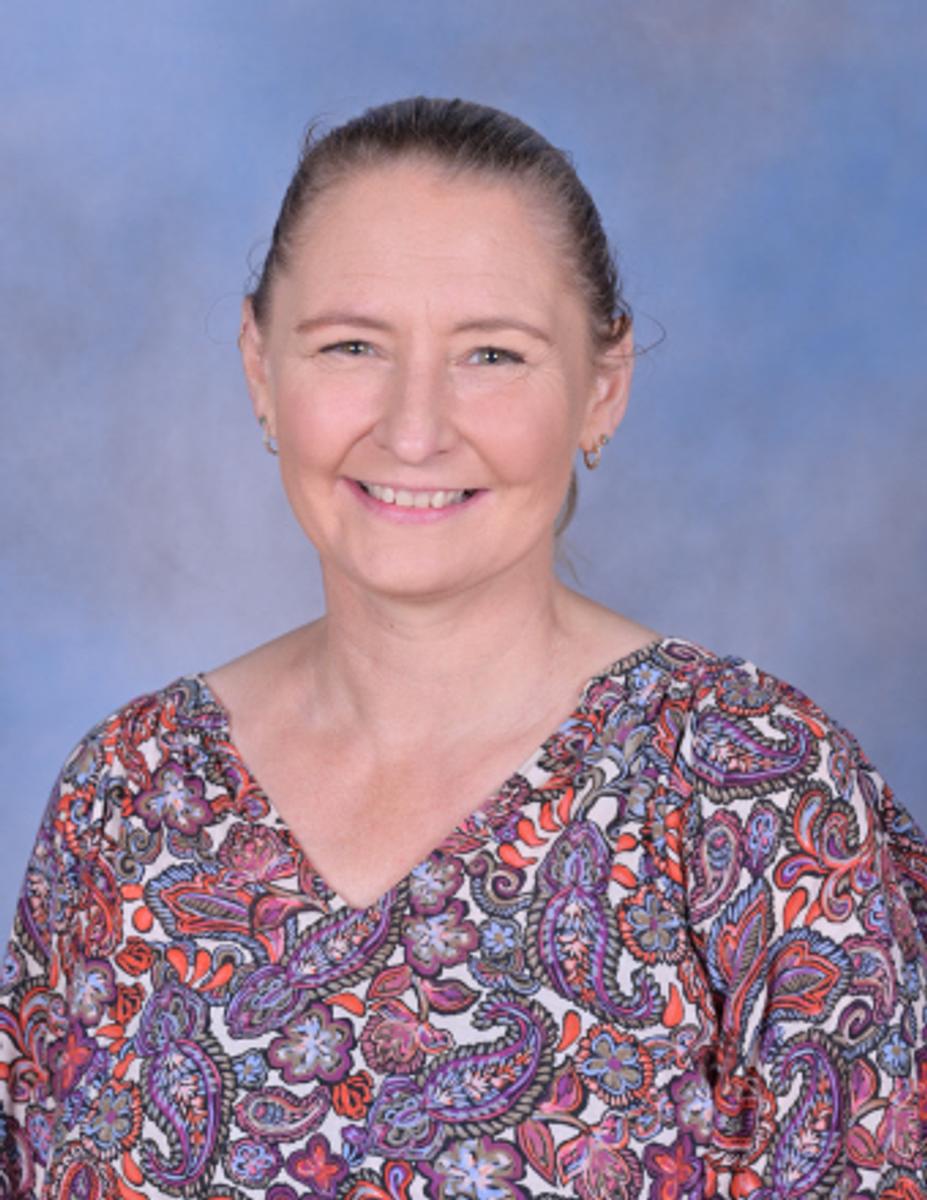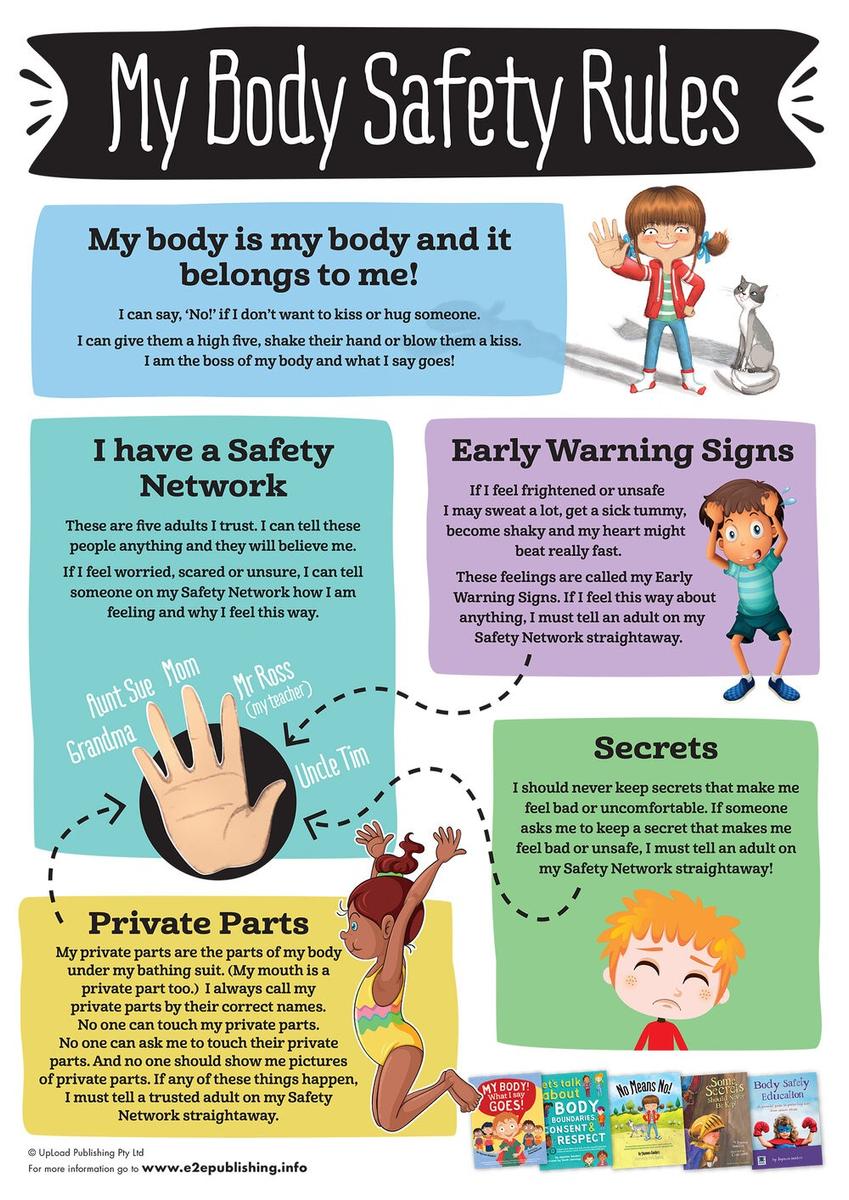Assistant Principal

Megan Franklyn
Assistant Principal
Head lice support for families
Head lice is an unfortunate reality for children and families within primary school.
The Lice Clinic offers fast, safe and guaranteed treatments that remove lice and 99.2% of eggs in just one visit. With over 5,000 families treated, we’re here to support your school community. Book online today at theliceclinic.com.au or call (03) 9068 5956.
See below flyer for more information.
Child Safety
As part of our commitment to Child Safety, at Kingswood we participated in Australia’s largest child safety lesson which this year was related to children’s presence online. We encourage all families to have child safety lessons with their children at home. The My Body Safety Rules poster shares some of the messages that are important for children to know in order for us to keep them safe from harm.
Yard Duty and Supervision
On the recommendation of the Department of Education we have removed this policy from our school website and will be sharing it internally to our school community from this point forward. Please find the link to the policy here. As a reminder before and after school supervision times are: 8.45am - 9.00am and 3.20pm - 3.35pm. During this time students should not be on their devices - mobile phones and chrome books should not be used until children are offsite. We thank you for your ongoing support.
Anxiety
Anxiety disorders are one of the most common forms of mental health disorders among children. The following article by Michael Hawton, describes some of the signs to be on the lookout for if you are concerned that your child may be suffering from anxiety. For severe and/or persistent symptoms, seek professional help through your local GP.
Recognising Anxiety in Children: A parent's guide in the face of rising childhood anxiety
By Michael Hawton, Child Psychologist (MAPS) and Parentshop founder.
As a psychologist who has worked with families for over thirty years, I've witnessed firsthand the sharp rise in childhood anxiety that's sweeping across Australia. What once seemed like isolated cases have now become the norm in many households and classrooms. The recent work by Professor Patrick McGorry and his colleagues in The Lancet Psychiatry Commission paints a stark picture: we're facing a mental health crisis among our young people that has reached what they describe as a "dangerous phase."
McGorry's research reveals that the mental health of emerging adults in Australia has been declining steadily for the past two decades, with anxiety disorders at the forefront of this troubling trend. The COVID-19 pandemic and global megatrends—including social media pressures, climate anxiety, and economic uncertainty—have further accelerated this decline.¹ As parents, this means we must become more adept at recognising the early signs of anxiety in our children before these patterns become entrenched.
Before we dive into identification, it's essential to understand that anxiety exists on a spectrum. We must be careful not to pathologize every worried thought or nervous moment our children experience and be cautious of the language we use around children. The term ‘anxiety’ is becoming more common in everyday language and that can result in children using it in their self-talk, their internal dialogue – ‘I’m feeling anxious today’,” I can’t do it, I’m too anxious’. Normal developmental anxiety—such as a child worrying about a school test or feeling nervous before a performance actually serves an important purpose in building resilience, and gives them experience of overcoming worrying times.
However, when anxiety becomes persistent, interferes with daily functioning and causes significant distress, we're looking at something that requires intervention. The key distinction lies in whether the anxiety is proportionate to the situation and whether it's preventing your child from engaging in age-appropriate activities.
Early childhood and early primary (Ages 3-6)
Young children often express anxiety through their behaviour rather than words. Look for sudden clinginess when separation was previously manageable, frequent complaints of tummy aches or headaches without medical cause and regression in behaviours they've already mastered (such as toilet training or sleeping independently). These children might also develop intense fears of imaginary threats or become unusually upset by changes to routine.
Primary school years (Ages 7-12)
School-aged children may begin to articulate their worries more clearly, often focusing on academic performance or social acceptance. You might notice excessive worry about being "perfect," avoidance of school activities or social situations and physical complaints that seem to coincide with stressful events. These children often seek repeated reassurance about everyday situations and may struggle with decision-making.
Children's bodies often tell the story before their words do. Persistent headaches, stomach complaints, muscle tension and sleep disturbances are common physical manifestations of anxiety. Emotionally, you might observe heightened reactivity—what seems like an overreaction to minor setbacks, increased irritability or sudden tearfulness over seemingly small issues.
Pay particular attention to avoidance behaviours. When children consistently dodge activities, they once enjoyed, refuse to attend social gatherings or resist going to school, anxiety may be the underlying culprit. These patterns often develop gradually, making them easy to miss until they become entrenched.




